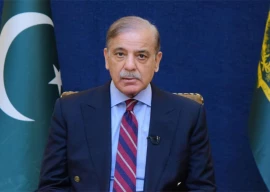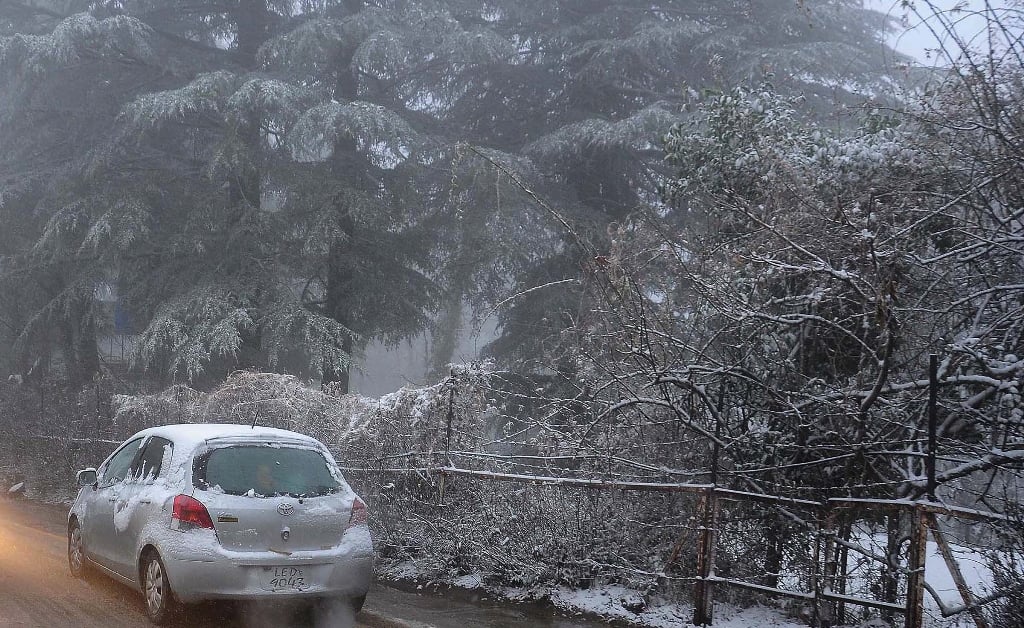
Today, PR is one of the largest loss-making public sector enterprises. Accumulated losses since 2006-7 now exceed Rs80 billion; overdraft with the State Bank is in excess of Rs40 billion; and capital expenditures, pension and loan liabilities drain another Rs18-19 billion each year. PR is thus, now totally dependent on the Pakistan government, not only for funding its renewals and new investments, but also for providing sufficient funds to enable it to undertake its routine operations — instead of PR supporting Pakistan’s economy, Pakistan is supporting PR!
PR is a medium-sized passenger railway by general global standards, broadly comparable to Turkey or Poland. It also carries some freight; it carried 80 million passengers and 7 million tons of freight last year. PR has a small core of commercial lines — primarily along the Karachi – Peshawar Corridor — and an extensive network of branch lines — mostly in the provinces — which carry little traffic and generate little revenue in relation to their costs. Passenger services are the least profitable and yet almost 60 per cent of PR’s revenues rely on it; and, like most primarily passenger railways, it has historically tried to cross-subsidise its non-commercial network and passenger services from its freight business. Until 2005-6, this was reasonably successful and it generally earned enough revenue to cover its direct operating costs, although it required government support to service its debts, make provision for renewals and fund its pension liabilities. However, since then, its revenue has failed to keep pace with even its operating expenditures.
PR’s decline started in the 1970s with the curtailment of its autonomy and political interference in its affairs. One can probably write a bestseller on the causes of the demise of the PR. Interference from politicians and bureaucracy, inability to upgrade rolling stock and fixed infrastructure, inability to modernise management practices and mismanagement and corruption are the core reasons for this demise. For now, let us focus on the last five years and see what has caused the state of affairs at PR to go from bad to worse.
Earnings from freight reduced sharply in 2006-7 following the loss of some high-yielding oil traffic and have since only partially recovered. Passenger tariffs, in particular, have not kept pace with inflation and have declined by over 20 per cent in real terms. At the same time, unit costs have increased in real terms, mostly because fuel costs have increased sharply in real terms. The result has been a significant shortfall in revenue, which will only get bigger unless there are substantial above-inflation increases in tariffs; by the end of 2009-10 passenger tariffs needed to be increased in real terms (i.e. over and above inflation) by 40 per cent and freight tariffs by 20 per cent. The recent tariff increase, of 25 per cent, comes too late and is not sufficient to improve the revenues to required levels. PR is also unable to carry more traffic, despite there being latent demands for its freight and passenger services.
This year, PR will carry almost the same number of passengers and less freight than it carried in 1955; while Pakistan’s population has increased sevenfold! PR does not have enough money to pay for the fuel of existing locomotives to cater to the demand. PR, today, needs a large cash infusion just to stay alive! Unfortunately the government, the usual saviour of ailing public sector enterprises, is also strapped for cash. So is this the death knell for PR? It could well be. The death of PR will herald the death of railways in Pakistan. But should it? Should we be thinking about saving PR or should we be thinking about how the railways can better serve Pakistan’s society and economy? These are important questions as saving PR should not be about saving a tradition but building a better future for railways.
Published in The Express Tribune, May 5th, 2011.



















COMMENTS (4)
Comments are moderated and generally will be posted if they are on-topic and not abusive.
For more information, please see our Comments FAQ